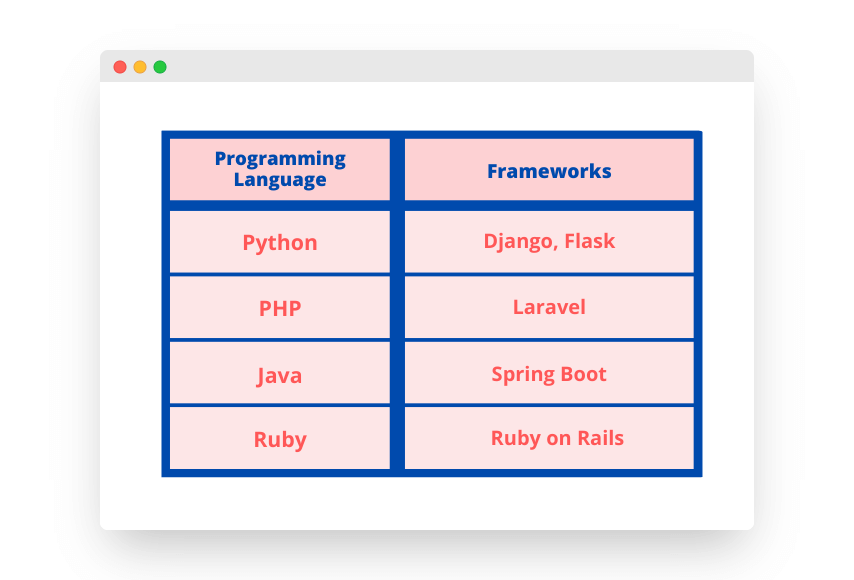We often hear the term backend web development, but have you ever wondered what exactly does the term means? It refers to the server-side of a website or application and consists of three major parts: Server, Application & Database. The work and coding performed on the backend are not visible to the user, but this is the primary mode of communication between the database and the browser.
Backend Developer
The person who is responsible for server-side applications and coordinating with the front-end development team is called a Backend developer. Their role varies from building and maintaining technology which acts as a powerhouse to writing web APIs and services used by the front-end web and mobile app developers to help enable the client-side of any website to come into existence. Backend developers are not the only ones who are entitled to getting a back-end programming job! Software developers, Java developers, Full-stack developers can also take it up. So, if you have the zeal and zest for Java or Software development, you should also consider joining the bandwagon!
Programming Languages
So, what programming languages do back-end developers know? Given that back-end developers focus on the speed and responsiveness of a website while having a database for information that must be constantly updated, they use a few languages to create dynamic websites/apps. These include Python, PHP, Java, and Ruby. Let us take a closer look at why these languages fit in the back-end developer’s coding paradigm template.
- Python: Helps to speed-up and integrate different systems very effectively
- PHP: A server-side scripting language that can be embedded very easily with HTML, specifically designed for the process of web development
- Java: A widespread object-oriented programming language with easily available components that lets you write code on any platform making it a perfect option for writing versatile codes
- Ruby: Beginner friendly coding platform with a very active developer community, that helps you write simple and instinctive codes
Backend Frameworks
Now that you know of the different back-end programming languages, let us dive in and find out about backend frameworks and technologies. To begin with, what are backend frameworks? A back-end framework is a library for server-side scripting languages which helps build the structure for the backend of a website. These are readily available components that help build dynamic websites or an application by helping save time and scalability. What are the various back-end frameworks?
- Django – Open-source framework suited for highly sophisticated and large database applications with a speedy framework, great security, and scalability.
- Flask – A framework that guarantees assistance for extensions and helps add-in features very easily without requiring any components with functions from other external sources.
- Laravel – Open-source framework that offers users ways to access relational databases, app maintenance, and utilities with a simple API, authentication, error handling, test-friendly, and support for cache backends.
- Spring Boot –Widely used in Java applications with features like embedded support, customizable application properties, etc.
- Ruby on Rails – Often called Rails, comes with several advantages such as being cost-effective, time-efficient, and consistent.

Backend Tools & Technologies
Few tools that help in making back-end development easy and hassle-free are:
- Database Management Systems [DBMS] – A software that is used to define, store, retrieve, and manage data in a database. MySQL is the widely popular option for an open-source relational database.
- Local Test Environment – A local site that is visible only to the developer helps one experiment and test codes. This helps prevent crashing by helping you foresee it and allows you to rectify your code before it goes live.
